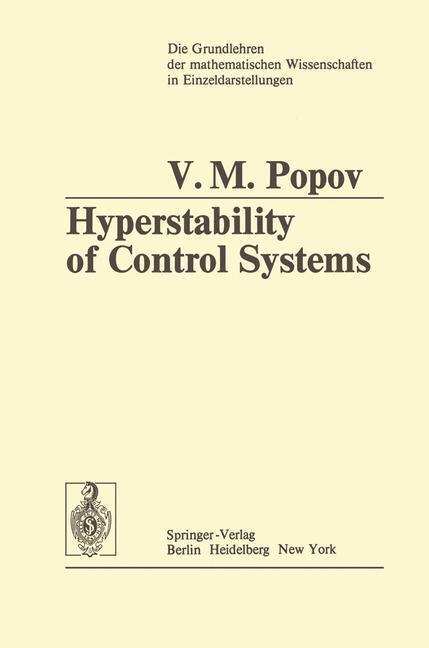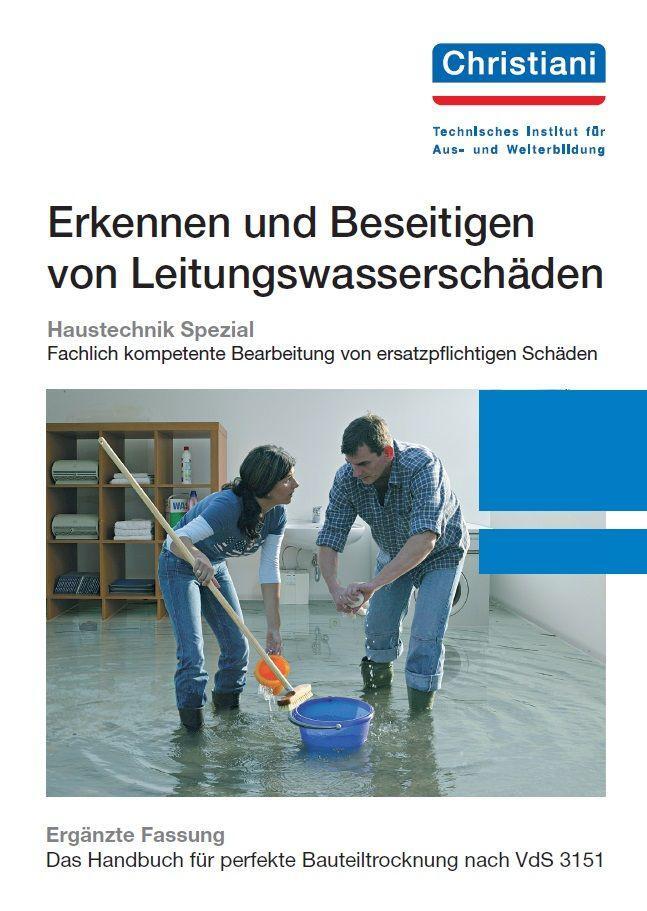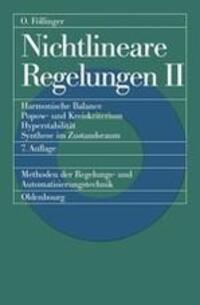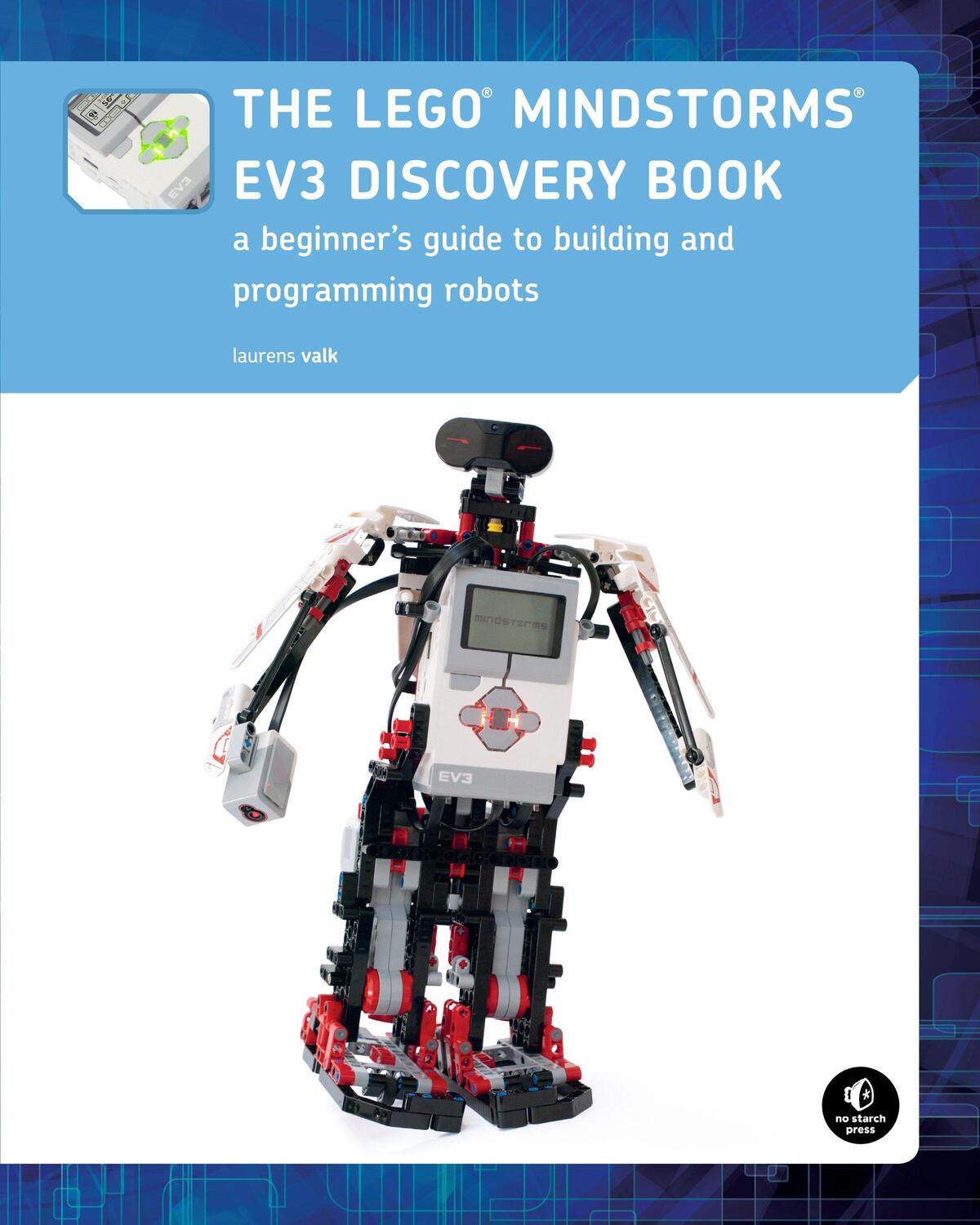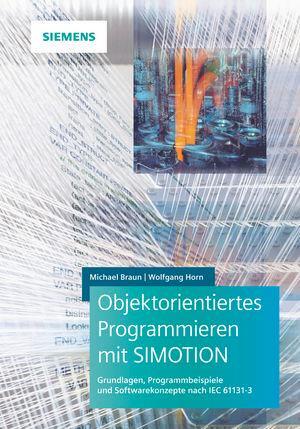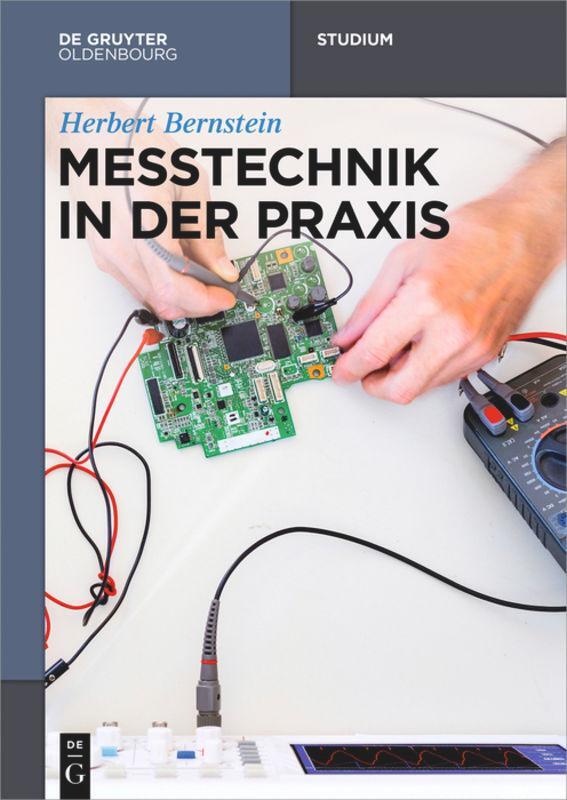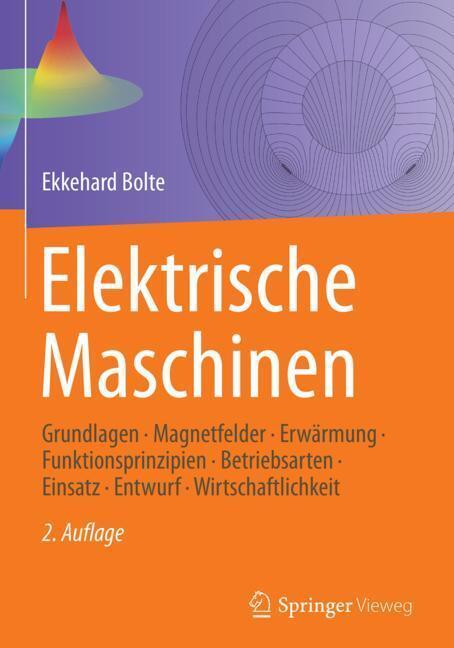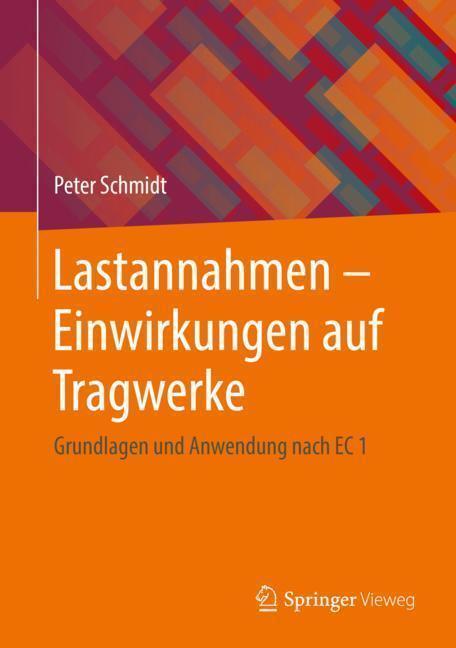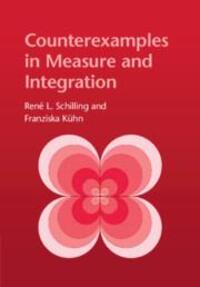Dekorationsartikel gehören nicht zum Leistungsumfang.
Sprache:
Englisch
48,95 €*
Versandkostenfrei per Post / DHL
Lieferzeit 4-7 Werktage
Kategorien:
Beschreibung
15 Liapunov's "second method" eliminates this drawback and leads to accurate conclusions regarding the stability of well-defined families of systems. This method made it natural to introduce the new notion of "absolute stability" whose origin can be traced to a work of . A. I. Lur'e and V. N. Post nikov [1]. The results of the many investigations effected to date in the field of absolute stability have been presented in a number of monographs, from which we mention (in chrono logical order) . A. I. Lur'e [1], . A. M. Letov [1], . A. Halanay Fig. 1. 2 [1], M . . A . . Aizerman and F. R. Gantmacher [1] and S. Lef schetz [1]. Without going into a detailed exposition of these results (see the final chapter of this book), we shall discuss here only the manner in which one defines the families of systems that are studied. These systems are characterized by the fact that in Relation (4) - which describes the non-linear block B2 (Fig. 1. 1) - the function cp is continuous, vanishes for v = 0 and satisfies the inequality cp( v)v > 0 for every v =/= o. (6) In other words, the graph of function cp is entirely contained in the quadrants I and III; it may have, for instance, a shape similar to that shown in Fig. 1. 2. The object of the study of absolute stability consists in finding a criterion which secures simultaneously the stability of all the systems characterized by Condition (6) .
15 Liapunov's "second method" eliminates this drawback and leads to accurate conclusions regarding the stability of well-defined families of systems. This method made it natural to introduce the new notion of "absolute stability" whose origin can be traced to a work of . A. I. Lur'e and V. N. Post nikov [1]. The results of the many investigations effected to date in the field of absolute stability have been presented in a number of monographs, from which we mention (in chrono logical order) . A. I. Lur'e [1], . A. M. Letov [1], . A. Halanay Fig. 1. 2 [1], M . . A . . Aizerman and F. R. Gantmacher [1] and S. Lef schetz [1]. Without going into a detailed exposition of these results (see the final chapter of this book), we shall discuss here only the manner in which one defines the families of systems that are studied. These systems are characterized by the fact that in Relation (4) - which describes the non-linear block B2 (Fig. 1. 1) - the function cp is continuous, vanishes for v = 0 and satisfies the inequality cp( v)v > 0 for every v =/= o. (6) In other words, the graph of function cp is entirely contained in the quadrants I and III; it may have, for instance, a shape similar to that shown in Fig. 1. 2. The object of the study of absolute stability consists in finding a criterion which secures simultaneously the stability of all the systems characterized by Condition (6) .
Inhaltsverzeichnis
1. Introduction.- 1. Stability as a property of a family of systems.- 2. The families of systems considered in the problem of absolute stability.- 3. Selecting the most natural families of systems.- 4. Introducing new families of systems.- 5. The concept of hyperstability.- 6. Indications on the use of the monograph.- 2. Classes of Equivalent Systems.- § 1. Equivalence classes for quadratic forms with relations between the variables.- § 2. Classes of single-input systems.- § 3. The characteristic polynomial of single-input systems.- § 4. Conditions under which all systems with the same characteristic polynomial belong to the same class.- § 5. Equivalence classes for multi-input systems.- § 6. Equivalence classes for discrete systems.- § 7. Equivalence classes for systems with time dependent coefficients.- 3. Positive Systems.- § 8. Single-input positive systems.- § 9. Multi-input positive systems.- § 10. Discrete positive systems.- § 11. Positive systems with time-dependent coefficients.- § 12. Nonlinear positive systems.- 4. Hyperstable Systems and Blocks.- § 13. General properties of the hyperstable systems.- § 14. Single-input hyperstable systems.- § 15. Simple hyperstable blocks.- § 16. Multi-input hyperstable systems.- § 17. Multi-input hyperstable blocks.- § 18. Discrete hyperstable systems and blocks.- § 19. Hyperstability of more general systems.- § 20. Integral hyperstable blocks.- § 21. Lemma of I. Barb?lat and its use in the study of asymptotic stability.- § 22. Other methods for studying asymptotic stability.- § 23. Conditions of asymptotic stability of single-input and multi-input systems with constant coefficients.- § 24. Characterization of the hyperstability property by the stability of systems with negative feedback.- 5.Applications.- § 25. Inclusion of the problem of absolute stability in a problem of hyperstability.- § 26. Determination of some Liapunov functions.- § 27. Stability in finite domains of the state space.- § 28. Stability of systems containing nuclear reactors.- § 29. Stability of some systems with non-linearities of a particular form.- § 30. Optimization of control systems for integral performance indices.- Appendix A. Controllability; Observability; Nondegeneration.- § 31. Controllability of single-input systems.- 1. Definition of the complete controllability of single-input systems.- 2. Theorem of complete controllability of single-input systems.- 3. Discussion.- 4. Proof of the theorem.- 5. Relations between single-input completely controllable systems.- § 32. Single-output completely observable systems.- § 33. Nondegenerate systems.- 1. Definition of the property of non degeneration and statement of the theorem of non degeneration.- 2. Remarks on the theorem of nondegeneration.- 3. Proof of the theorem of non degeneration.- 4. Bringing nondegenerate systems into the Jordan-Lur'e-Lefschetz form.- § 34. Controllability of multi-input systems.- 1. Definition and theorem of the complete controllability of multi-input systems.- 2. Proof of Theorem 1.- 3. Other properties of completely controllable multi-input systems.- § 35. Completely observable multi-output systems.- § 36. Special forms for multi-input blocks.- Appendix B. Factorization of Polynomial Matrices.- § 37. Auxiliary proposition.- § 38. Theorem of factorization on the unit circle.- 1. Statement of the theorem.- 2. Preliminary remarks.- 3. Some additional assumptions.- 5. A family of factorization relations.- 6. A special way of writing polynomial matrices.- 7. A nonsingular factorization.- 8.Properties of the nonsingular factorizations.- 9. Bringing the nonsingular factorization to the form required in Theorem 1.- 10. More about Assumption (e).- 11. Eliminating restrictions (C) and (e).- § 39. The theorem of factorization on the imaginary axis.- 1. Statement of the theorem.- 2. Definition of a matrix factorizable on the unit circle.- 3. Relations between ?(?) and ?(?).- 4. Factorization of the imaginary axis.- Appendix C. Positive Real Functions.- Appendix D. The Principal Hyperstable Blocks.- Appendix E. Notations.- Appendix F. Bibliography.
Details
| Erscheinungsjahr: | 2011 |
|---|---|
| Fachbereich: | Analysis |
| Genre: | Mathematik |
| Rubrik: | Naturwissenschaften & Technik |
| Medium: | Taschenbuch |
| Seiten: | 404 |
| Reihe: | Grundlehren der mathematischen Wissenschaften |
| Inhalt: | 400 S. |
| ISBN-13: | 9783642656569 |
| ISBN-10: | 3642656560 |
| Sprache: | Englisch |
| Ausstattung / Beilage: | Paperback |
| Einband: | Kartoniert / Broschiert |
| Autor: | Popov, Vasile M. |
| Übersetzung: | Georgescu, Radu |
| Auflage: | Softcover reprint of the original 1st ed. 1973 |
| Hersteller: |
Springer-Verlag GmbH
Springer Berlin Heidelberg Grundlehren der mathematischen Wissenschaften |
| Maße: | 229 x 152 x 22 mm |
| Von/Mit: | Vasile M. Popov |
| Erscheinungsdatum: | 21.11.2011 |
| Gewicht: | 0,583 kg |
Inhaltsverzeichnis
1. Introduction.- 1. Stability as a property of a family of systems.- 2. The families of systems considered in the problem of absolute stability.- 3. Selecting the most natural families of systems.- 4. Introducing new families of systems.- 5. The concept of hyperstability.- 6. Indications on the use of the monograph.- 2. Classes of Equivalent Systems.- § 1. Equivalence classes for quadratic forms with relations between the variables.- § 2. Classes of single-input systems.- § 3. The characteristic polynomial of single-input systems.- § 4. Conditions under which all systems with the same characteristic polynomial belong to the same class.- § 5. Equivalence classes for multi-input systems.- § 6. Equivalence classes for discrete systems.- § 7. Equivalence classes for systems with time dependent coefficients.- 3. Positive Systems.- § 8. Single-input positive systems.- § 9. Multi-input positive systems.- § 10. Discrete positive systems.- § 11. Positive systems with time-dependent coefficients.- § 12. Nonlinear positive systems.- 4. Hyperstable Systems and Blocks.- § 13. General properties of the hyperstable systems.- § 14. Single-input hyperstable systems.- § 15. Simple hyperstable blocks.- § 16. Multi-input hyperstable systems.- § 17. Multi-input hyperstable blocks.- § 18. Discrete hyperstable systems and blocks.- § 19. Hyperstability of more general systems.- § 20. Integral hyperstable blocks.- § 21. Lemma of I. Barb?lat and its use in the study of asymptotic stability.- § 22. Other methods for studying asymptotic stability.- § 23. Conditions of asymptotic stability of single-input and multi-input systems with constant coefficients.- § 24. Characterization of the hyperstability property by the stability of systems with negative feedback.- 5.Applications.- § 25. Inclusion of the problem of absolute stability in a problem of hyperstability.- § 26. Determination of some Liapunov functions.- § 27. Stability in finite domains of the state space.- § 28. Stability of systems containing nuclear reactors.- § 29. Stability of some systems with non-linearities of a particular form.- § 30. Optimization of control systems for integral performance indices.- Appendix A. Controllability; Observability; Nondegeneration.- § 31. Controllability of single-input systems.- 1. Definition of the complete controllability of single-input systems.- 2. Theorem of complete controllability of single-input systems.- 3. Discussion.- 4. Proof of the theorem.- 5. Relations between single-input completely controllable systems.- § 32. Single-output completely observable systems.- § 33. Nondegenerate systems.- 1. Definition of the property of non degeneration and statement of the theorem of non degeneration.- 2. Remarks on the theorem of nondegeneration.- 3. Proof of the theorem of non degeneration.- 4. Bringing nondegenerate systems into the Jordan-Lur'e-Lefschetz form.- § 34. Controllability of multi-input systems.- 1. Definition and theorem of the complete controllability of multi-input systems.- 2. Proof of Theorem 1.- 3. Other properties of completely controllable multi-input systems.- § 35. Completely observable multi-output systems.- § 36. Special forms for multi-input blocks.- Appendix B. Factorization of Polynomial Matrices.- § 37. Auxiliary proposition.- § 38. Theorem of factorization on the unit circle.- 1. Statement of the theorem.- 2. Preliminary remarks.- 3. Some additional assumptions.- 5. A family of factorization relations.- 6. A special way of writing polynomial matrices.- 7. A nonsingular factorization.- 8.Properties of the nonsingular factorizations.- 9. Bringing the nonsingular factorization to the form required in Theorem 1.- 10. More about Assumption (e).- 11. Eliminating restrictions (C) and (e).- § 39. The theorem of factorization on the imaginary axis.- 1. Statement of the theorem.- 2. Definition of a matrix factorizable on the unit circle.- 3. Relations between ?(?) and ?(?).- 4. Factorization of the imaginary axis.- Appendix C. Positive Real Functions.- Appendix D. The Principal Hyperstable Blocks.- Appendix E. Notations.- Appendix F. Bibliography.
Details
| Erscheinungsjahr: | 2011 |
|---|---|
| Fachbereich: | Analysis |
| Genre: | Mathematik |
| Rubrik: | Naturwissenschaften & Technik |
| Medium: | Taschenbuch |
| Seiten: | 404 |
| Reihe: | Grundlehren der mathematischen Wissenschaften |
| Inhalt: | 400 S. |
| ISBN-13: | 9783642656569 |
| ISBN-10: | 3642656560 |
| Sprache: | Englisch |
| Ausstattung / Beilage: | Paperback |
| Einband: | Kartoniert / Broschiert |
| Autor: | Popov, Vasile M. |
| Übersetzung: | Georgescu, Radu |
| Auflage: | Softcover reprint of the original 1st ed. 1973 |
| Hersteller: |
Springer-Verlag GmbH
Springer Berlin Heidelberg Grundlehren der mathematischen Wissenschaften |
| Maße: | 229 x 152 x 22 mm |
| Von/Mit: | Vasile M. Popov |
| Erscheinungsdatum: | 21.11.2011 |
| Gewicht: | 0,583 kg |
Warnhinweis

